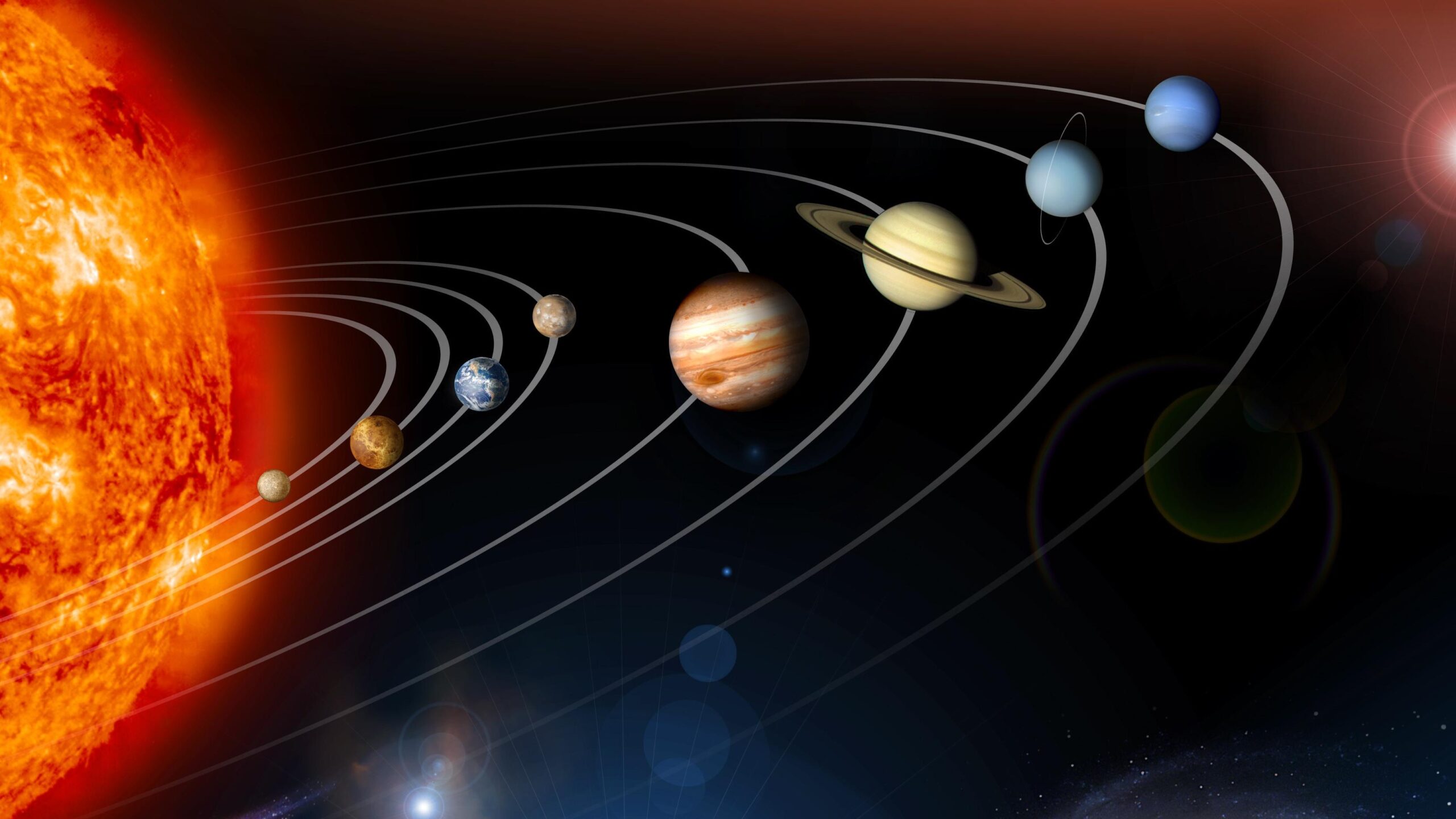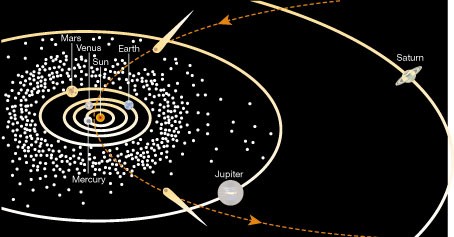Exploring to the Unknown: Discovering 6 Wonders in the Solar System

Table of Contents
The Sun: Our Mighty Star
At the heart of our solar system lies the magnificent Sun. As the largest star, it commands 99.8% of the solar system’s mass. Emitting copious amounts of heat and light, the Sun sustains life on Earth and potentially beyond. Its powerful gravitational pull keeps all the celestial bodies in orbit around it.
The Inner Planets: Mercury, Venus, Earth, and Mars
The inner region of the solar system is inhabited by four rocky planets: Mercury, Venus, Earth, and Mars. These terrestrial worlds share common characteristics but also possess unique features.
- Mercury: The closest planet to the Sun, Mercury is the smallest planet in our solar system. With a diameter slightly larger than Earth’s moon, it completes an orbit around the Sun in just 88 days. Despite its proximity to the Sun, Mercury’s thin atmosphere mainly consists of oxygen, sodium, hydrogen, helium, and potassium. Its heavily cratered surface resembles that of the Moon.
- Venus: Often referred to as Earth’s twin due to its similar size and density, Venus is the second planet from the Sun. However, the similarities end there. Venus’ atmosphere is dense and toxic, primarily composed of carbon dioxide. Thick clouds of yellowish sulfuric acid envelop the planet, creating a greenhouse effect and resulting in scorching surface temperatures of about 475 degrees Celsius. Venus’ hostile environment makes it inhospitable for life as we know it.
- Earth: Our home planet, Earth, is the third planet from the Sun and the only known celestial body to support life. It boasts a diverse range of ecosystems, abundant water, and a protective atmosphere rich in nitrogen and oxygen. Often called the Blue Planet, Earth’s intricate balance of resources makes it a haven for a multitude of life forms.
- Mars: Known as the Red Planet, Mars is the fourth planet from the Sun. Its distinctive reddish hue comes from the iron oxide dust that covers its cold and desert-like surface. Mars exhibits a varied terrain with mountains, valleys, canyons, and polar ice caps. While liquid water cannot exist for long on its surface due to the thin atmosphere, traces of past water activity indicate the possibility of microbial life in the planet’s history.
The Gas Giants: Jupiter, Saturn, Uranus, and Neptune
Beyond the asteroid belt lie the gas giants: Jupiter, Saturn, Uranus, and Neptune. These massive planets primarily consist of hydrogen, helium, and other gases, with relatively small rocky cores.
- Jupiter: As the largest planet in our solar system, Jupiter’s swirling clouds create mesmerizing patterns of color. Its atmosphere contains various trace gases, including ammonia ice, ammonium hydrosulfide crystals, water ice, and water vapor. Jupiter’s colossal magnetic field and extensive system of 75 moons, including Ganymede—the largest moon in the solar system—make it a captivating celestial object.
- Saturn: Saturn is famous for its extraordinary and intricate ring system, which sets it apart from other planets. Composed of ice and rock, these rings continue to intrigue scientists who are studying their evolution. Saturn, a gas giant primarily made up of hydrogen and helium, possesses a remarkable collection of moons.
- Uranus: Unlike the other planets in our solar system, Uranus has a peculiar orientation. Its axis of rotation is nearly perpendicular to its orbit, causing it to appear to roll on its side. Uranus has a distinct blue-green hue, resulting from the presence of methane in its atmosphere. It also boasts a ring system and 27 known moons.
- Neptune: The farthest known planet from the Sun, Neptune is a frigid and distant world. Its average temperature at
The Outer Reaches: Small Bodies and Beyond

Asteroids: Remnants of the Early Solar System
Between Mars and Jupiter lies the asteroid belt, a region populated by numerous rocky objects known as asteroids. These remnants from the early formation of the solar system range in size from small rocks to dwarf planets. Asteroids provide valuable insights into the composition and evolution of our cosmic neighborhood.
Comets: Cosmic Wanderers
Comets, on the other hand, originate from the distant regions of the solar system, such as the Kuiper Belt and the Oort Cloud. Composed of ice, dust, and rocky material, comets follow elongated orbits that bring them closer to the Sun, causing their icy nuclei to vaporize and create magnificent tails. These cosmic wanderers have fascinated humanity throughout history, with periodic comets like Halley’s Comet making regular appearances in the night sky.
Dwarf Planets: The Unsung Heroes
In recent years, dwarf planets have gained attention for their unique characteristics. Categorized as celestial bodies smaller than planets but larger than asteroids, these worlds inhabit various regions of the solar system. One notable example is Pluto, which resides within the Kuiper Belt and was once considered the ninth planet. New Horizons, a spacecraft launched by NASA, conducted a historic flyby of Pluto in 2015, capturing detailed images and unveiling its icy and intriguing surface.
Exploring Beyond Our Solar System
While our solar system offers a wealth of celestial wonders, scientists have expanded their quest to explore exoplanets, planets that orbit stars outside our solar system. With advancements in technology, astronomers have discovered thousands of exoplanets, unlocking new possibilities for understanding the vastness of the universe. These discoveries have opened a window into the potential for extraterrestrial life and the incredible diversity of planetary systems.
Conclusion
The solar system is a captivating realm that continues to inspire awe and fuel our curiosity about the universe. From the scorching inferno of the Sun to the icy worlds of the outer reaches, each celestial body holds its own unique story. By unraveling the mysteries of our solar system and venturing beyond, we gain a deeper understanding of our place in the cosmos.
Exploration and research in the field of astronomy enable us to appreciate the vastness and beauty of the universe. As we continue to study and discover more about the solar system, we embark on an extraordinary journey of knowledge and wonder.












